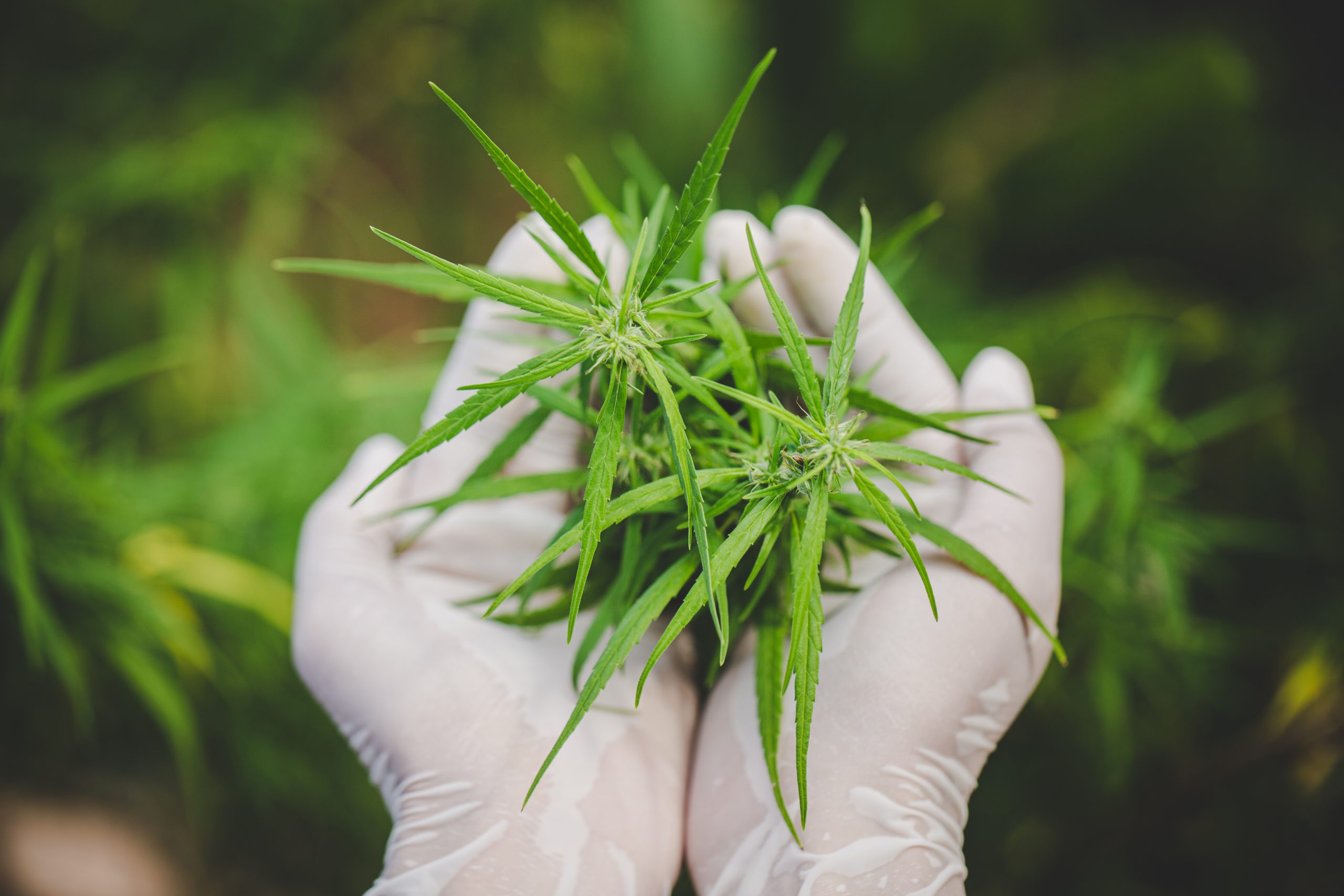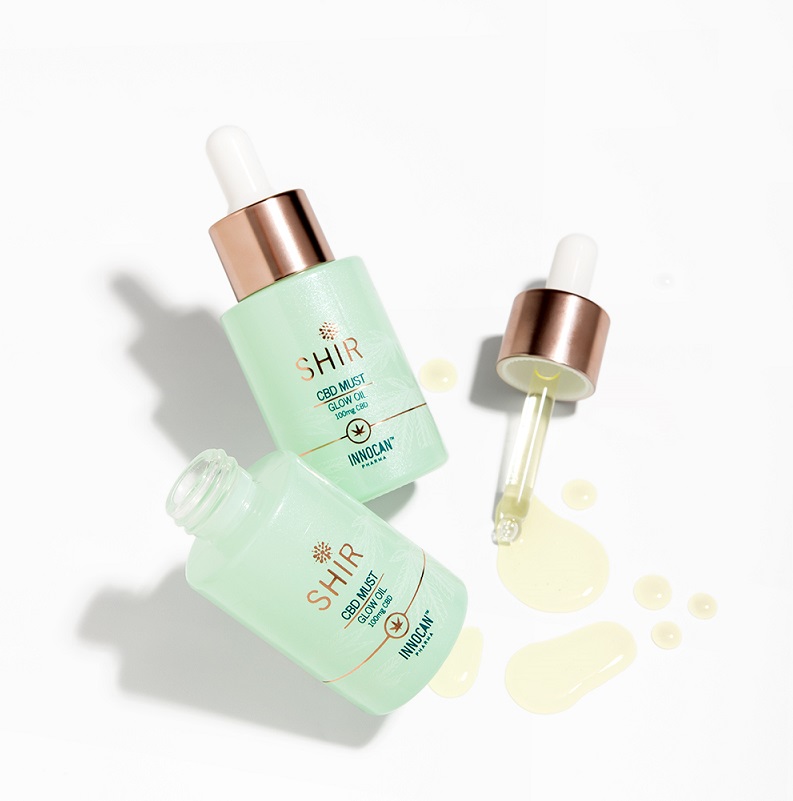Transdermal Route of CBD Administration May Be The Best Solution For Pain & Inflammation

Transdermal Route of CBD Administration May Be The Best Solution For Pain & Inflammation
Cannabidiol, or more popularly CBD, is the rising star among drugs used for the treatment of a variety of ailments. CBD is one of the most prominent of compounds called cannabinoids found in Cannabis Sativa plant. More research is being conducted to understand the medical potential of CBD.
Preliminary research shows that CBD is effective for treating anxiety, insomnia, and epilepsy in children. CBD is also being considered as a safe alternative for treating chronic pain and inflammation.
The proven ability of CBD to ease pain and inflammation has led to the creation of a range of specialized health products. CBD products such as pain relief spray, pain relief cream, and pain relief roll-on, are making people’s lives easier. These products offer lasting pain relief and improve patients’ quality of life.
Research-based product lines such as those offered by CBD Plus and CBD Must include a range of CBD skincare products in addition to the above. Some of their popular products include body oil, glow oil, face cream, and facial serum.
For those interested in safe and effective anti-aging solutions, the product line includes anti-aging facial serum, facial cream, recovery lotion and eye serum.
How CBD Helps Patients with Pain and Inflammation?
A study on animal model reveals that CBD can help reduce pain and inflammation caused by arthritis. CBD was applied on the skin in this study.
Research also shows that CBD is effective in easing neuropathic pain and pain caused by inflammation. Neuropathic pain occurs when nerves suffer an injury or damage.
Pain caused due to the above two reasons are chronic. They are also the most difficult types of pain to treat, according to experts. CBD is proving to be an effective drug for the treatment of such pain.
One of the reasons why CBD is effective as a pain relief drug could be its association with the body’s endocannabinoid system (ECS). The ECS is basically a communication system between body cells.
The ECS is responsible for controlling a variety of body functions including sleep, appetite, memory and mood. The ECS also plays a key role in regulating pain and inflammation in the body.
CB1 and CB2 are 2 major receptors of the ECS. These receptors are vital for the proper functioning of ECS. Endocannabinoids, a major component of the ECS, bind to these receptors and signal the ECS to take appropriate action.
Study shows that CBD has low affinity (the degree to which a compound combines with another) for CB1 and CB2 receptors. In addition, it shows an agonist activity at CB2 receptor site. This is believed to be the reason for the cannabinoid’s anti-inflammation and pain relief properties.
This association of CBD with the ECS through the latter’s receptors enables the compound to influence pain and inflammation in patients.
Research also shows that CBD exhibits endocannabinoid modulating effects, which can be the reason why patients experience pain relief with CBD.
Further research is underway to gain more insights into the potential of CBD as a pain relief drug.
What is Transdermal CBD Delivery Method?
Transdermal delivery method of CBD is rapidly increasing in popularity. The transdermal method is being regarded as the best route to battle chronic pain.
But what exactly is transdermal delivery and how does it work?
Transdermal CBD delivery is a painless method of introducing cannabidiol into the body. The CBD formulation, generally made available in the form of patches, is applied by sticking the patch to the skin.
When delivered in the transdermal way, CBD penetrates deeper into the skin, beyond the epidermal and dermal layers. The CBD formulation does not accumulate in the dermis, which is the deepest part of the skin.
Instead, CBD becomes available for circulation into the whole body. As a result, CBD becomes available to the whole body instead of being focused on a single body part. This way, CBD is more effective on pain and inflammation symptoms.
What are Transdermal CBD Patches?
CBD patches are one of the most popular forms of transdermal delivery in the market today. These patches look very much like the standard nicotine or birth control patches.
These patches are easy to use – all one has to do is peel the adhesive layer of the patch and stick the patch anywhere on the skin. CBD patches can be used anywhere on the body.
Many patients stick the patches to their wrists, ankles or arms, because these are the areas where veins are readily visible. When used on such parts, the absorption into the body of CBD is much higher.
This is because blood vessels are closer to the skin surfaces at such locations. This causes the drug to be absorbed into the body faster.
You can also stick the patches to the exact locations of pain and inflammation. Doing so gives best results.
How Transdermal CBD Patches Work?
A CBD patch has the molecules of the compound packed into it in the form of an oil or gel. In addition, they contain compounds known as permeation enhancers and carriers, which aid in better absorption of the patch compounds by the body.
Once the patch is stuck on the skin, the heavy concentration of CBD in the patch balances the low concentration of the compound in the skin, causing CBD to move into the body smoothly.
It is important to note the usage timeframe of a CBD patch. Timeframe refers to the amount of time the patch is designed to release CBD into the skin. Timeframes can be anywhere between 6 and 12 hours. In some cases, that can be up to 96 hours.
CBD is not capable of pushing you into a heightened state as THC does. This fact combined with the convenience of patches make this transdermal form a popular treatment alternative for patients suffering from pain and inflammation.
Types of Transdermal CBD Patches
CBD patches can be of the reservoir or matrix type.
In a matrix patch, there are 5 layers, each of which has a distinct function. The peel-off layer, for example, is a protective layer for the CBD formulation inside. The actual formulation is contained in a layer called the matrix layer.
Other layers of a matrix patch include an adhesive layer, a separating layer, and a protective layer that offers the patch with necessary backing.
Patients using the matrix patch remove the peel-off layer and stick the patch to the skin. The adhesive layer ensures that the patch is well-secured on the skin.
Once fixed, the matrix layer starts releasing the CBD formulation into the blood capillaries beneath the skin. The CBD molecules enter the bloodstream from the capillaries.
Reservoir patches are used when a steady dosage of CBD needs to be introduced into the body. These specialized patches contain a special membrane, which controls CBD delivery. This membrane helps achieve the required delivery rate.
Reservoir patches come with other layers as matrix patches.
It is important to clean the skin with water and dry it before using a CBD patch. The surface of the skin can contain oils and dirt. These contaminants need to be removed before patch application to ensure efficient functioning of CBD.
Why the Focus on Transdermal CBD Delivery?
A key reason for the shift of focus to transdermal CBD delivery is the challenge of poor bioavailability in conventional non-transdermal methods. Bioavailability indicates how readily is CBD available to the body for its intended purpose.
For successful results, CBD needs to reach the exact site where action is needed. Else, CBD needs to reach body fluids so that it is readily available for the target action sites within the body.
CBD products that are currently available, including oral (edibles) and inhalation forms (vaping, smoking, etc.), show poor bioavailability. This means, only a meagre amount of CBD is reaching the patient’s body. In fact, nearly 98% of CBD is prone to wastage due to body’s poor absorption.
The result?
Patients seldom experience the relief promised by such drugs. The poor bioavailability of oral CBD products makes it difficult for healthcare professionals to prescribe the right dosage.
Transdermal CBD delivery offers a breakthrough solution for this problem. In this method, precise dosage is delivered into the bloodstream without any interruption.
CBD is an ideal compound for transdermal drug delivery. This is because cannabidiol is lipophilic in nature. This means that CBD readily dissolves in lipids (fats) than in water. Lipids are a class of organic compounds differentiated by their oily nature.
This lipophilic property of CBD makes it an ideal compound for use in nano-sized drug delivery methods such as the transdermal delivery route.
How is Transdermal CBD Delivery More Effective?
Transdermal method of CBD delivery is more impactful than the traditional ways of ingesting the compound in many ways:
Transdermal administration of CBD improves bioavailability of the compound because it bypasses the process of first-pass metabolism.
First-pass metabolism is a body process in which the CBD formulation introduced into the body gets metabolized. This means that the CBD drug is broken down for easier elimination from the body.
The metabolism usually occurs in the liver because enzymes required for such metabolism are available in this organ. Such metabolism can also occur in the gastrointestinal tract, lungs and other active tissue sites that can facilitate the process.
First-pass metabolism causes CBD to get metabolized at a single location within the body. As a result, the amount of CBD reaching the target site, or the blood stream, is reduced.
The oral CBD drug does not provide patients the intended relief from pain and inflammation as a result.
As CBD is introduced into the bloodstream directly in transdermal delivery, first-pass metabolism does not occur. As a result, the amount of CBD that is available to the body is more.
- Use of permeation enhancers and carriers in CBD formulations increases its bioavailability further. Carriers and permeation enhancers are employed to alter lipid structure between cells within the skin. This method is believed to improve drug transport through healthy skin.
- In transdermal delivery, the CBD formulation is introduced into the blood stream through the skin at a steady rate. This form of delivery ensures that the drug is delivered to the body over a longer duration than oral doses.
Transdermal CBD drug stays and acts in the body for a longer time than oral CBD because of this prolonged duration. The steady and prolonged CBD delivery also minimizes the risk of peak drug concentration.
Transdermal delivery ensures patient safety. As patients are less prone to the risk of drug overdose, they are more likely to be willing to use the drug.
- Given the prolonged duration of CBD in the body in the transdermal method, the frequency of drug dosage is reduced considerably.
- Another key advantage of transdermal CBD delivery is that this method helps maintain uniform plasma levels. Constant plasma levels are important for the CBD formulation to work effectively on the body.
In oral CBD formats, plasma levels come down gradually. As dosing intervals end, the reduction is intense, which reduces the drug’s efficiency for therapy.
- Transdermal CBD are efficient in terms of cost of treatment. Transdermal products such as patches are typically used for a period of 1 to 7 days. This results in less costs on a monthly basis when compared to other modes of CBD delivery.
- Transdermal CBD delivery is a non-invasive method. Products such as patches are as easy as stick-and-dispose. This method is particularly useful for patients that dislike, or have a fear of, needles.
- Transdermal method of CBD delivery uses skin as the medium. With its large surface, skin provides a wide access area for convenient drug delivery.
- CBD transdermal products are a great treatment for patients that have no one else but themselves to depend on, for drug intake. Products such as patches can be easily remembered. They are also discreet, which gives patients the privacy they need.
In Conclusion
A CBD study on rat models reveals that CBD delivered in transdermal method reduced pain and inflammation symptoms caused by arthritis. The study also states that CBD does not produce any side-effects as conventional medicines do.
Oral methods of CBD delivery are proving to be increasingly inefficient. Poor bio-availability and hydrophobic nature of CBD are the main reasons.
Transdermal CBD delivery overcomes all these challenges and offers greater benefits than oral CBD products. Transdermal CBD method is fast becoming an effective and popular method for using CBD.
If you are suffering from pain and inflammation, then it is not necessary that you suffer from such pain all your life. Consider using transdermal CBD formulations to manage your symptoms effectively. Seek the recommendation of your personal physician before starting to use CBD.
More articles:










